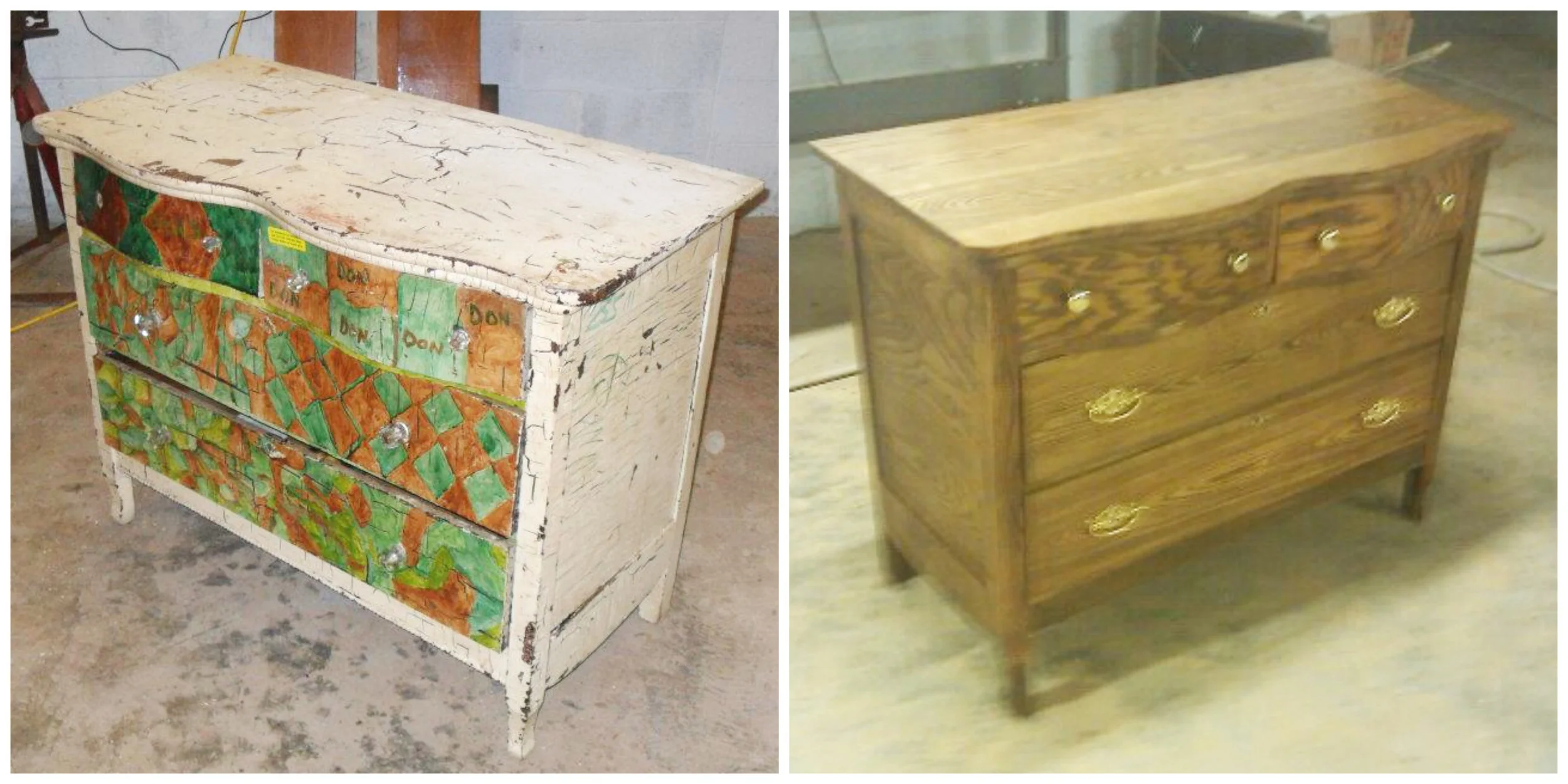Click Info Track: Your Daily Dose of Insights
Stay updated with the latest trends and information across various topics.
Reviving Relics: Furniture Restoration That Tells a Story
Discover the art of furniture restoration and explore how every piece tells a unique story—revive your space with timeless treasures!
The Art of Furniture Restoration: Breathing New Life into Vintage Treasures
The Art of Furniture Restoration is a rewarding journey that transforms forgotten pieces into cherished treasures. Whether it's a worn-out coffee table or a vintage armchair, restoring furniture allows you to preserve history while adding your personal touch. The process often involves a series of steps, including cleaning, repairing, and finishing. Start by assessing the condition of the piece, noting areas that need attention. A simple restoration can enhance the original beauty and revitalize its charm.
One of the most satisfying aspects of furniture restoration is the opportunity to breathe new life into items with unique character and stories. By utilizing various techniques like reupholstering or refinishing surfaces, you can create a stunning transformation. Remember, patience and attention to detail are key in this art. Skills like stripping old finishes, gluing joints, and staining wood can seem daunting, but the result—a magnificent piece that serves as a focal point in your home—makes every effort worth it.

Top 5 Techniques for Restoring Antique Furniture
Restoring antique furniture is a rewarding process that not only enhances the beauty of the piece but also preserves its history. The first technique to consider is cleaning. Start by gently dusting the furniture with a soft cloth and using a mild soap solution for tougher grime. Be sure to avoid harsh chemicals that can damage the finish. Next, refinishing the surface can bring back the original luster. Stripping old varnish or paint with a suitable solvent and reapplying a new finish, such as oil or lacquer, will help revive your antique’s appearance.
Another essential technique for restoring antique furniture is repairing structural issues. Inspect the joints, legs, and overall stability of the piece. For loose joints, use wood glue and clamps to secure them back in place. If a leg is broken, consider using wooden dowels for support. Additionally, reupholstering can breathe new life into upholstered pieces. Choose fabrics that complement the antique style while ensuring durability. Lastly, preserving the furniture with regular maintenance, such as polishing and avoiding direct sunlight, will ensure its longevity for future generations.
How to Choose the Right Restoration Style for Your Vintage Pieces
Choosing the right restoration style for your vintage pieces is a crucial step in preserving their integrity and enhancing their beauty. Before diving into the restoration process, it's essential to consider the original aesthetic of the piece and its historical context. For instance, if you have a Victorian-era piece, you may want to lean towards an authentic restoration style that maintains the ornate details and rich finishes typical of that period. On the other hand, a mid-century modern piece might benefit from a more minimalist approach that emphasizes clean lines and functionality.
Additionally, it's important to evaluate the current condition of your vintage item. Some pieces may require extensive repairs, while others could simply use a light refresh. To guide your decision, consider the following factors:
- Preservation of Original Features: Aim to keep as many original parts intact as possible.
- Compatibility with Existing Decor: Think about how the restoration style will fit with your overall interior design.
- Personal Preference: Ultimately, choose a style that resonates with your taste and vision.